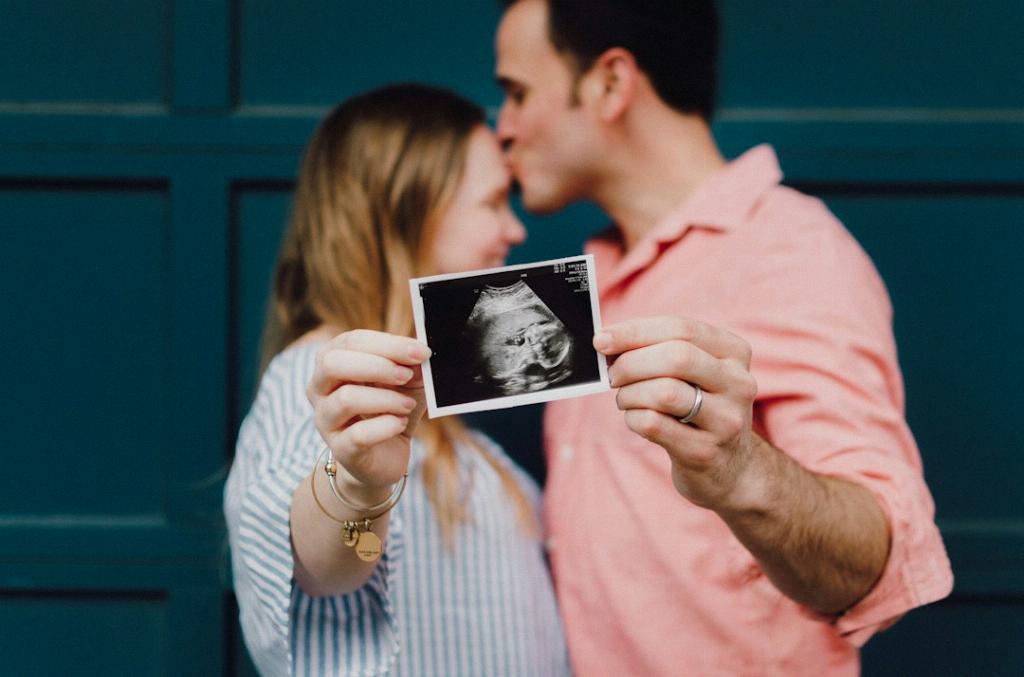Clear Blue Early Pregnancy Tests are renowned for their high accuracy levels, providing individuals with quick and reliable results during the early stages of pregnancy. One of the key highlights of these tests is their exceptional accuracy rate of over 99% from the day you expect your period. This means that they have a high level of precision in detecting the hormone hCG, which is a key indicator of pregnancy.
When considering the accuracy of Clear Blue Early Pregnancy Tests, it is crucial to understand how they work. These tests operate by detecting the presence of hCG in a woman’s urine. hCG, also known as the pregnancy hormone, is produced by the placenta after a fertilized egg attaches itself to the uterine lining. Clear Blue tests are designed to efficiently identify even low levels of hCG in the early stages of pregnancy.
It is essential to note that the accuracy of any pregnancy test, including Clear Blue, can be influenced by various factors. One such factor is the timing of the test. To ensure the highest level of accuracy, it is advisable to take the test on the day you expect your period. Testing too early or too late can impact the reliability of the results.
Another crucial aspect to consider when evaluating the accuracy of Clear Blue Early Pregnancy Tests is how they are used. Following the instructions provided with the test kit is vital to obtaining precise results. Properly collecting a urine sample, immersing the test stick for the specified duration, and interpreting the results within the recommended timeframe are all key steps in ensuring accurate outcomes.
While Clear Blue Early Pregnancy Tests have an impressive accuracy rate, it is important to remember that no test is infallible. False negative results, where the test indicates no pregnancy despite the individual being pregnant, can occur. This can be due to testing too early when hCG levels are still rising. In such cases, it is advisable to repeat the test after a few days or consult a healthcare provider.
Conversely, false positive results, indicating pregnancy when there is none, are rare but can also occur. Factors such as certain medications or medical conditions can lead to misleading results. If a positive result is unexpected, seeking medical advice can help clarify the situation and provide guidance on further steps.
Given the advanced technology and rigorous testing processes employed in the development of Clear Blue Early Pregnancy Tests, they offer individuals a reliable option for confirming pregnancy in the comfort of their homes. The high accuracy rate of these tests provides peace of mind to those seeking confirmation of early pregnancy.
Ultimately, while Clear Blue Early Pregnancy Tests boast impressive accuracy levels, it is essential to approach the results with caution and always consult a healthcare professional for confirmation and guidance. Understanding the factors that can influence test accuracy and following the instructions diligently are key in ensuring the reliability of the results obtained from these tests.
In conclusion, Clear Blue Early Pregnancy Tests are a valuable tool for individuals looking to confirm pregnancy quickly and accurately. Their over 99% accuracy rate from the day of the expected period underscores their effectiveness in detecting the presence of hCG. By using these tests correctly and being aware of potential influencing factors, individuals can trust in the reliability of the results provided by Clear Blue Early Pregnancy Tests.

